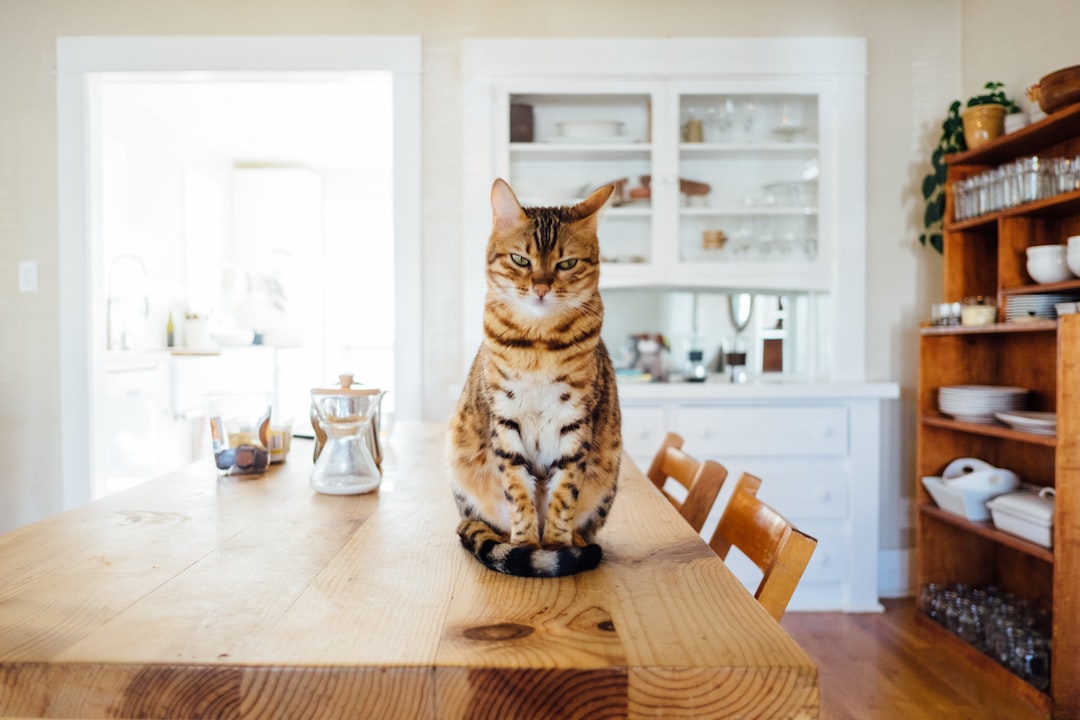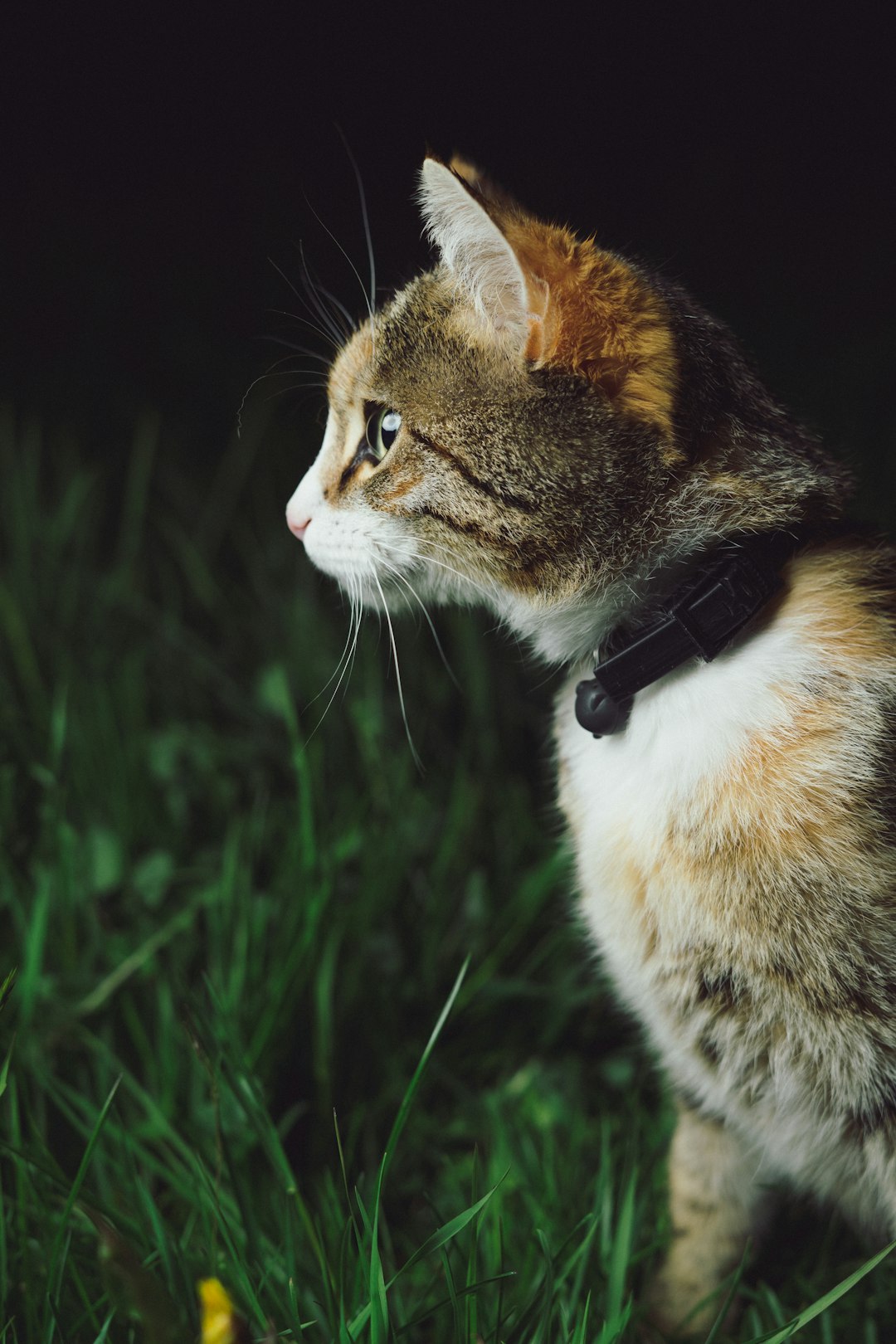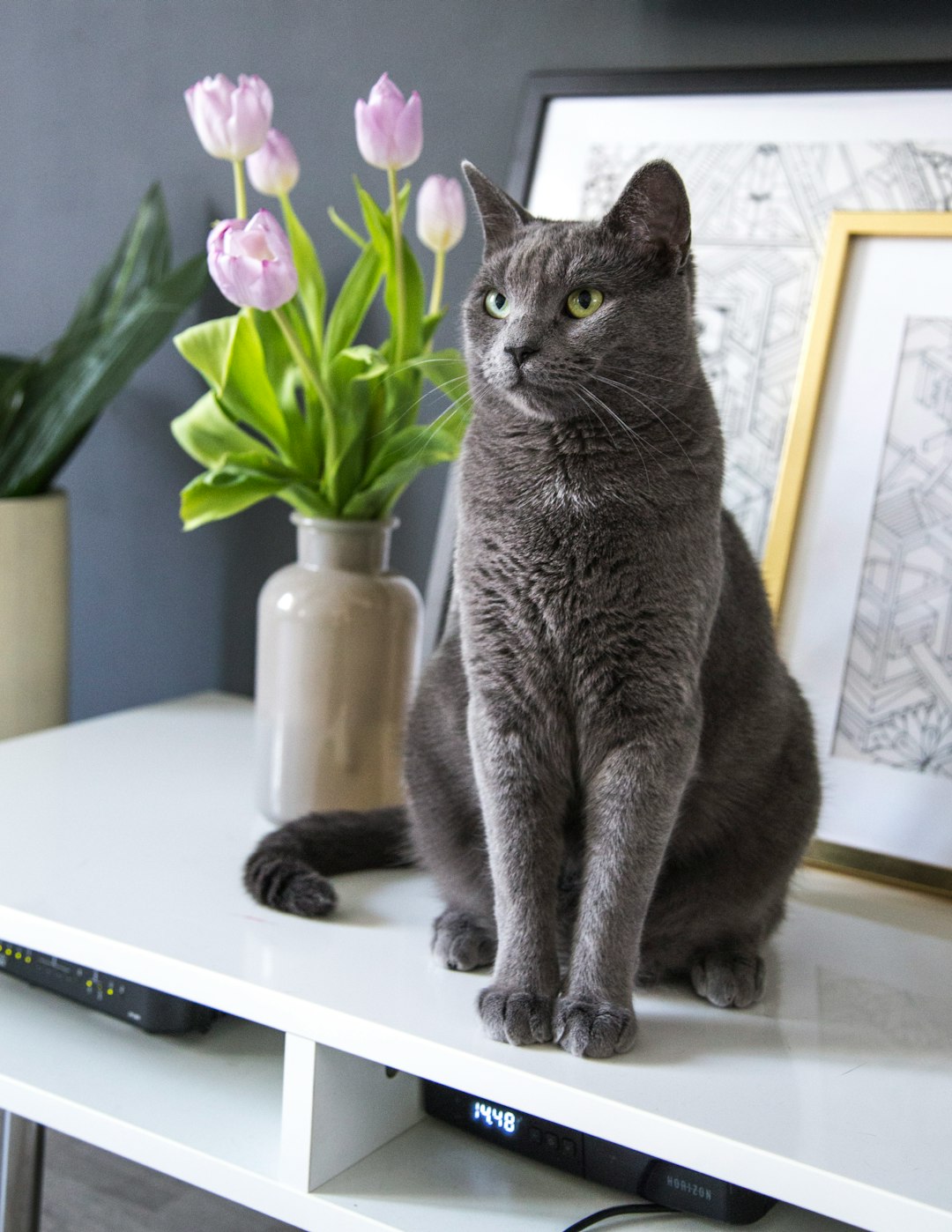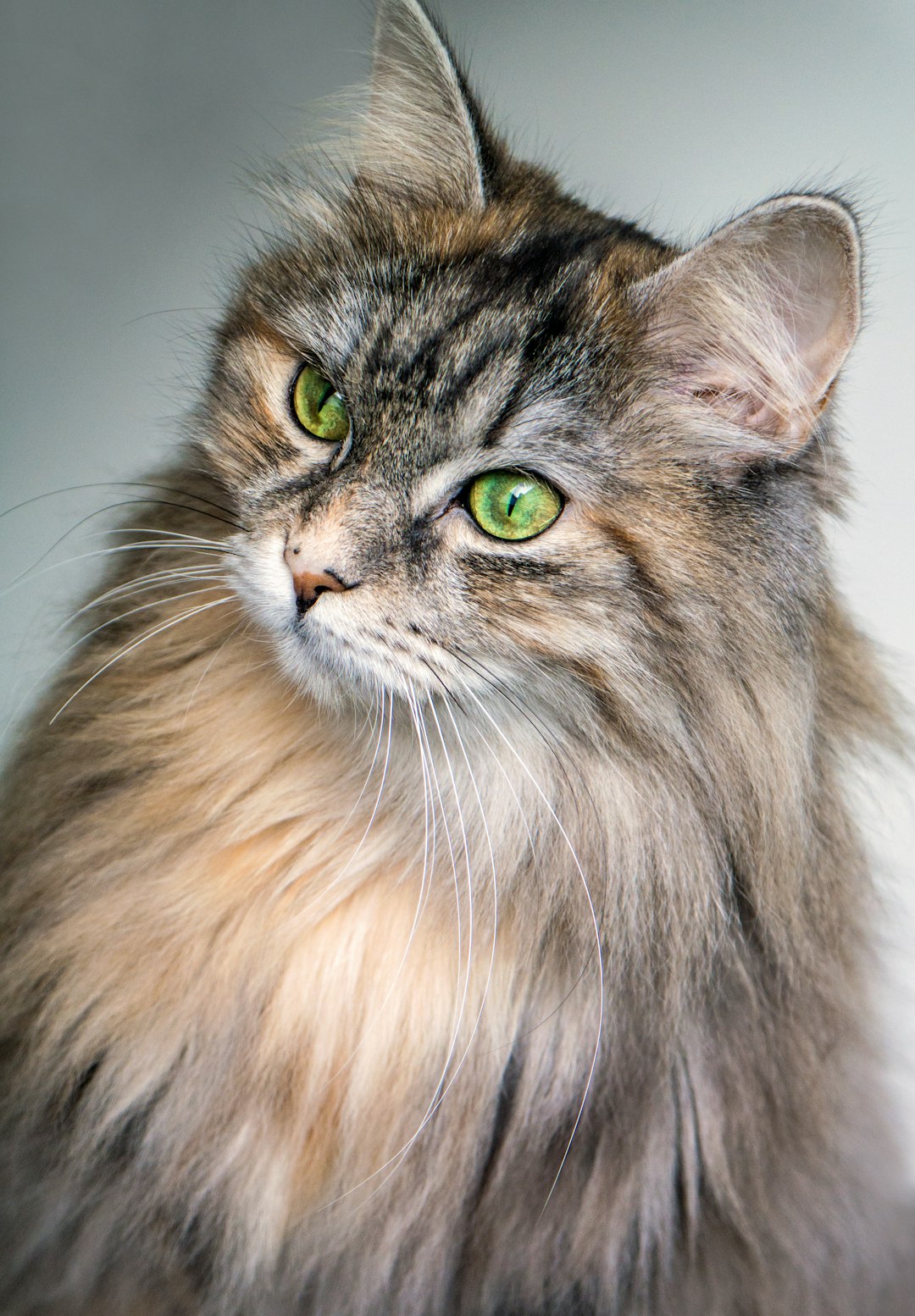Cats experience various growth stages that significantly impact their development. Understanding when do cats stop growing is essential for any cat owner keen on ensuring optimal health and well-being. From the rapid changes during kittenhood to the steadier pace of adolescence, each stage plays a crucial role in shaping your feline friend. Factors such as breed, genetics, and nutrition also contribute to growth rates, making it vital to monitor your cat’s journey. This comprehensive growth timeline will illuminate these stages and offer insights into your cat’s unique needs.
Understanding Cat Growth Stages
Cats experience distinct growth stages that shape their physical and behavioral development. Understanding these stages helps pet owners provide appropriate care to ensure healthy growth.
Here’s a breakdown of the key stages:
Kitten Stage (0-6 months):
- Rapid growth occurs, with kittens gaining roughly 1-2 pounds per month.
- They develop social skills and explore their environment.
Adolescent Stage (6 months – 1 year):
- Growth begins to slow down but remains noticeable.
- Cats reach about 75% of their adult size by 1 year.
Adult Stage (1-7 years):
- Growth stabilizes; cats reach their full size.
- Their physical and emotional traits mature, transitioning into adulthood.
Senior Stage (7+ years):
- Physical decline may start; considerations for health and nutrition become vital.
So, when do cats stop growing? Typically, most cats reach their final size around 1 year, but larger breeds may continue to grow until 18 months. Recognizing these stages is crucial for effective care and monitoring overall health.

Kitten Development: Birth to 6 Months
During the first six months of a cat’s life, they experience rapid growth and development. This period is crucial for their health, conditioning, and future behavior. Here’s a breakdown of what occurs:
Birth to 2 Weeks: Kittens are entirely dependent, primarily focusing on feeding and sleeping. Their weight increases approximately 10-15 grams daily, marking the fastest growth rate.
2 to 4 Weeks: Eyes begin to open, and social behaviors start to emerge. Kittens explore their surroundings, leading to increasing activity levels.
4 to 6 Weeks: This stage includes the introduction of solid food. Kittens become more playful and begin to engage in social interactions, enhancing their physical agility.
By around the 6-month mark, many kittens reach about 75% of their adult size, prompting the question, when do cats stop growing?
Comparison of Growth Rates
| Age (Months) | Average Weight Gain | Notable Milestones |
|---|---|---|
| 0-2 | 10-15 grams/day | Eyes open, begin crawling |
| 2-4 | Approximately 1 lb | Start social interactions |
| 4-6 | Rapid growth continues | Introduced to solid food |
Keep an eye on your kitten’s growth as you contemplate when do cats stop growing. Ensure they receive proper nutrition and care during this pivotal time.
Adolescent Stage: 6 Months to 1 Year
During the adolescent stage, which spans from 6 months to 1 year, cats undergo significant physical and behavioral changes. This period marks a transition from playful kittens to more mature felines. Understanding this growth phase helps you monitor your cat’s development effectively.
Key Growth Milestones:
Physical Development:
- Most cats will reach about 80% of their adult size by 6 months.
- By 1 year, many cats achieve their full size, although larger breeds may continue to fill out.
Behavioral Changes:
- Increased independence and exploration.
- Sexual maturity may also occur around this time.
Comparison of Growth Patterns:
| Age Range | Weight Gain | Size Compared to Adult |
|---|---|---|
| 6 Months | 5-10 pounds | 80% adult size |
| 1 Year | Minimal gain | 100% adult size |
As you ponder when do cats stop growing, recognize that while physical growth may plateau, behavioral maturity can continue evolving until around 2-3 years of age. Keeping an eye on your young cat’s development will ensure a healthy transition into adulthood.
Factors Influencing Growth Rates
Understanding when do cats stop growing involves several key factors that impact their growth rates. Here’s a closer look at what can influence a cat’s development:
Genetics: The breed and genetic background significantly affect growth. Some breeds, like Maine Coons, may take longer to reach maturity compared to smaller breeds such as Siamese.
Nutrition: A balanced diet rich in proteins, vitamins, and minerals fosters healthy growth. Poor nutrition can lead to stunted development.
Health: Underlying health issues can impair growth. Regular veterinary check-ups help to identify and address any health concerns early on.
Environment: Stressful environments can hinder growth. A stable, loving home promotes better physical and mental health.
Spaying/Neutering: Altering a cat can influence growth patterns. Many cats experience a growth spurt before neutering, but generally, they mature earlier afterward.
By considering these factors, cat owners can better understand when do cats stop growing and ensure their feline friends grow healthy and strong.

Common Breeds and Their Growth Patterns
When exploring when do cats stop growing, it’s essential to consider how various breeds may exhibit different growth patterns. Here’s a comparison of several popular cat breeds and their typical growth timelines:
| Breed | Expected Adult Weight | Growth Timeline |
|---|---|---|
| Siamese | 8-15 lbs | Stops growing around 10-12 months |
| Maine Coon | 10-25 lbs | Continues growing until 3-5 years |
| Persian | 7-12 lbs | Stops growing by about 12 months |
| Bengal | 8-15 lbs | Reaches full size by 1-2 years |
| Sphynx | 6-12 lbs | Grows until about 1 year |
Here’s how to understand specific growth patterns:
- Siamese cats tend to mature faster than many breeds, typically stopping around the age of 1 year.
- Maine Coons are unique and can keep growing up to 5 years, reflecting their large size.
- Persians and Bengals fall into a more traditional growth pattern, maturing around 1-2 years.
Understanding these breed-specific timelines helps you answer the question, when do cats stop growing, based on their unique needs and characteristics.
Signs of Stunted Growth in Cats
Recognizing signs of stunted growth in cats is crucial for ensuring their health and well-being. When do cats stop growing can significantly vary, and certain indicators might suggest that your feline friend needs attention. Here are some key signs to look for:
- Delayed Development: If your cat does not reach typical milestones for their age, such as playful behavior or physical size.
- Unusual Weight: If your cat is significantly lighter than peers, it may indicate insufficient nutrition.
- Lack of Energy: A noticeable decrease in activity levels can signal health issues affecting growth.
- Poor Coat Condition: Dull, brittle fur may suggest nutritional deficiencies impacting overall growth.
- Dental Issues: Stunted growth often correlates with dental problems, such as missing teeth.
If you observe any of these signs, it’s wise to consult a veterinarian. They can determine whether your cat’s growth aligns with regular timelines or if it indicates an underlying problem. Early intervention is essential to ensure your pet thrives, especially in their formative stages. Understanding when do cats stop growing helps build a timeline for your cat’s health and development.
When to Consult a Veterinarian
As a cat owner, it’s essential to keep a close eye on your feline friend’s growth. You may wonder when do cats stop growing, but there are key signs that indicate it might be time to consult a veterinarian.
Consider reaching out to a vet if you notice:
- Stunted Growth: If your cat seems smaller than average for its age.
- Unusual Weight Gain or Loss: Significant fluctuations in weight can suggest health issues.
- Lack of Energy: If your kitty is lethargic and less playful than before.
- Poor Appetite: A sudden loss of interest in food can be alarming.
- Behavior Changes: Increased aggression, hiding, or vocalization changes.
Remember, timely intervention can address any potential health issues before they escalate. While most cats reach their adult size by 12-18 months, understanding abnormal growth patterns can provide peace of mind. Therefore, don’t hesitate to seek professional advice if you suspect your cat’s growth is not on track; after all, knowing when do cats stop growing can help you monitor their development more effectively.

Insights on Cat Nutrition and Growth
Nutrition plays a critical role in determining when do cats stop growing. A balanced diet ensures that your cat receives essential nutrients vital for development. Consider the following points:
- Protein: Cats need high-quality protein from sources like meat and fish. This fuels muscle growth and supports overall health.
- Fat: Healthy fats provide energy and assist in nutrient absorption. Look for omega-3 and omega-6 fatty acids.
- Vitamins and Minerals: Key vitamins (A, D, E, K) and minerals (calcium, phosphorus) contribute to bone and immune health.
Here’s a quick comparison of cat life stages and their nutritional needs:
| Life Stage | Nutritional Focus | Recommended Food Type |
|---|---|---|
| Kitten (0-6 months) | High protein, fat, and calories | Kitten-formulated food |
| Adolescent (6m-1yr) | Balanced diet for growth | High-quality adult food |
| Adult (1yr+) | Maintenance diet | Adult cat diet, lower fat |
Ultimately, monitoring your cat’s body condition and adjusting its diet accordingly ensures healthy growth. If you are concerned about when do cats stop growing, assess your cat’s nutrition as it might directly influence growth rates. Always consult with a veterinarian for tailored advice.
Frequently Asked Questions
At what age do cats typically stop growing?
Cats generally reach their full size between 12 to 18 months of age. However, the growth rate can vary depending on factors such as breed, diet, and overall health. For example, larger breeds, like the Maine Coon, may take longer to reach maturity, sometimes growing until they are 3 to 4 years old. It’s crucial to provide proper nutrition and veterinary care throughout this period to support their healthy development.
Do larger cat breeds grow for a longer period?
Yes, larger cat breeds such as the Maine Coon, Ragdoll, and Norwegian Forest Cat tend to have a longer growth period compared to smaller breeds. While most cats stop growing around 12 to 18 months, these larger breeds may continue to grow and fill out for up to 3 to 4 years. Their growth journey can be influenced by factors like genetics, nutritional intake, and environmental conditions, so it’s essential to monitor their growth closely.
How can I tell if my cat is still growing?
To determine if your cat is still growing, observe their weight, height, and overall physical development. Kittens typically gain weight steadily during their first year, and their body shape will also change as they mature. Regular veterinary check-ups are important, as a vet can assess growth through measurements and compare them to breed standards. If your cat seems to be gaining weight or growing in size, they’re likely still in their growth phase.
What nutritional needs do kittens have for healthy growth?
Kittens require a specialized diet rich in protein, fats, vitamins, and minerals to support their rapid growth and development. High-quality kitten food is formulated with these nutrients, providing the energy and building blocks necessary for healthy muscle and bone development. It’s essential to follow feeding guidelines based on your kitten’s age and weight to ensure they receive enough nutrition without overfeeding, which can lead to obesity.



